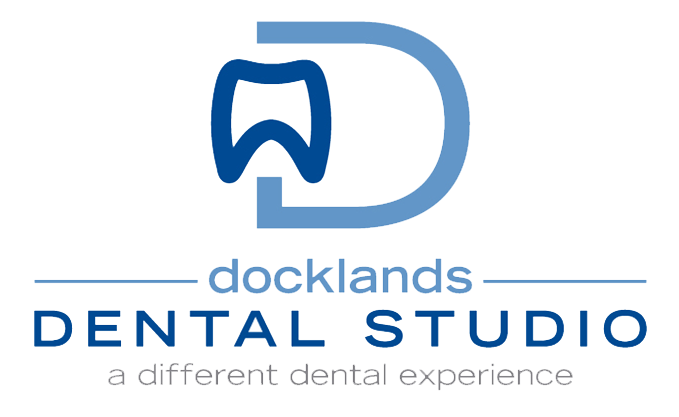Inlays and Onlays
Inlays and Onlays give us the opportunity to practice conservative dentistry. Decay, fracture and other structural damage that is too great for a filling yet not enough to warrant a full crown may qualify for an inlay or onlay. Thes lab-made restorations are also called partial crowns or 3/4 crowns and they offer a happy medium between a fillings and crowns.
Who Needs an Inlay or Onlay?
Anyone whose dental damage exceeds what a filling can correct, but is not substantial enough for a full crown may be eligible for an inlay or onlay. These restorations fit like a filling, within a tooth, but they’re made in a lab from solid porcelain, porcelain fused to metal (PFM), metal, or zirconia. Inlays fit between the cusps on the biting surface of a tooth, and onlays cover one or more cusps and may extend down the side of a tooth. Why not just place a crown? The more natural, healthy tissue we can preserve, the better. Nothing can exactly replace healthy human tissue, so we opt for conservative procedures whenever possible and practical.
The Placement Process
Like a dental crown, inlays and onlays require two appointments. At your first appointment after diagnosis and treatment plan acceptance, the doctor will prepare your damaged tooth for the restoration. We will take an impression of the prepared tooth and opposing teeth, and the doctor will record shading information so that your final restoration matches the tooth in which it will reside. You will wear a temporary inlay or onlay until the permanent restoration is fabricated in a dental lab.
The second visit will entail removal of your temporary and permanent attachment of the custom-made inlay or onlay. We use permanent dental cement to securely hold inlays and onlays in place. After placement, the doctor will evaluate how your upper and lower teeth fit together, a relationship called occlusion. If necessary, we will make slight alterations to your inlay or onlay so that your occlusion is healthy. Your restoration should look, fit, and function like healthy, natural tooth structure.
Caring for your Inlay or Onlay
Practice regular home oral care, brushing twice and flossing once a day. You may also use a tongue scraper and antibacterial mouth wash to reduce the amount of bacteria and plaque in your mouth, for good health and fresh breath. No special care is required for inlays and onlays. Attend checkups and cleanings twice a year, and in the absence of injury, your restoration should endure 20 years or longer.
Schedule Your Consultation Now
If you suffer with a toothache or know that you need a filling or crown, schedule a consultation at Docklands Dental Studio today. We’ll take x-rays and evaluate your condition, then recommend the most conservative, yet lasting treatment option. We welcome questions about inlays and onlays, so call us if you’d like to learn more about these minimally invasive dental restorations.
Call: (03) 9021 9487
Email: info@docklandsdentalstudio.com.au
57 Merchant St,
DOCKLANDS VIC 3008
Open:
Monday-Friday: 8:30am-5pm
Thursday: 8:30am-6pm
Saturday: 9:00-3pm
Cancellation Policy
There is a cancellation fee of $50 in case cancellation is made less than 48hours.
SERVICES
